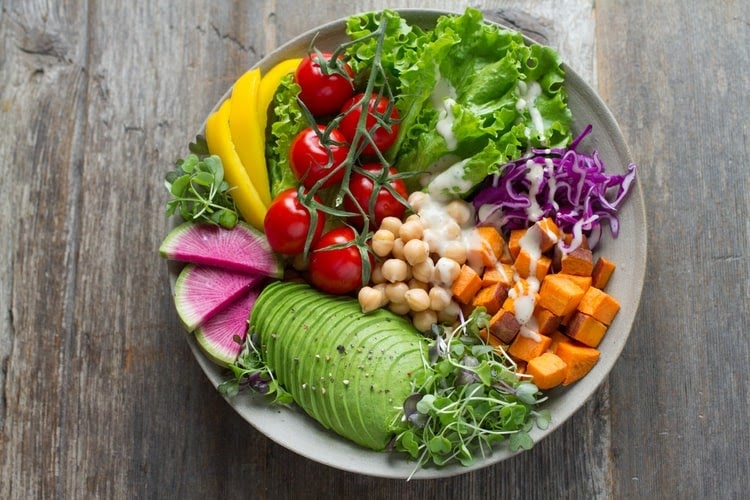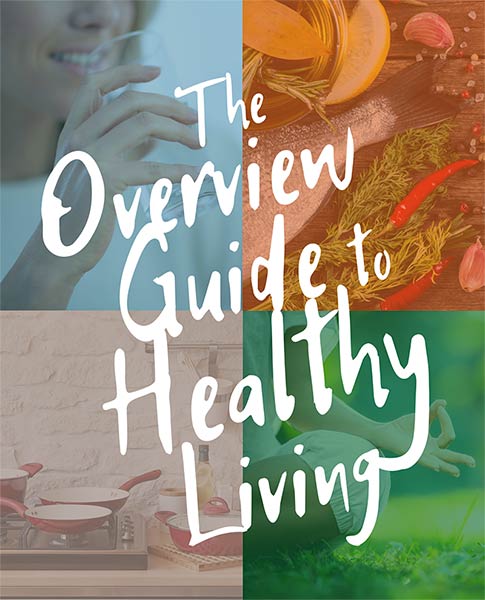How to tell if You have a Food Allergy
Curious if you have a food allergy and wondering how to tell for sure? Perhaps you have bothersome symptoms such as mood swings, asthma, arthritis, fatigue, skin problems, or nutritional deficiencies. Food allergy symptoms are troublesome, but if you’re reluctant to go on medication, the good news is there’s an alternative.
What is an Elimination Diet?
An elimination diet temporarily removes common allergens from your diet to see which food is causing your symptoms.
Elimination diets typically involve avoiding these common allergy triggers:
- gluten
- dairy
- soy
- refined/added sugar
- peanuts
- corn
- alcohol
- eggs, in some cases
- packaged, processed or fast foods
What’s Wrong with Packaged Foods?
You might assume that you don’t eat much sugar, soy or wheat. The problem? Unless you are vigilant about reading nutrition labels, you’d be shocked to see how many foods contain added sugars, soy and wheat ingredients.
If you eat anything out of a package, it most likely contains added sugar and soy. Sugar is commonly added to anything from tomato sauce (some brands have up to 12 grams of sugar per serving!) to seemingly healthy foods like granola (Nature Valley’s granola has 30 grams of sugar per cup).
Packaged foods of today are vastly different from the ones our parents and grandparents grew up with. The modern food industry uses soy as a cheap filler in thousands of packaged foods.This GMO soy is not to be confused with non-gmo tofu, tempeh, and other fermented soy milk alternatives.

For all of the reasons above, your best bet is to avoid packaged foods during your elimination diet.
How to Start an elimination diet
To start an elimination diet, follow these steps:
- Remove all common food allergens from the list above for a minimum of three weeks.
- Stay informed by carefully reading all food labels so you know exactly what you are consuming
- Keep a daily food journal and record how you’re feeling each day after your meals.
- After three weeks, gradually reintroduce one food item at a time. Eat that food daily for up to 2 weeks. Be sure to record any symptoms or changes.
- If symptoms come back, you have proof that this food is causing the symptoms.
- The goal of this process is to see if your symptoms go away after removing the food twice.
This can be a long-winded process, but it can show you which foods you react negatively to. As a bonus, this process requires no medication and no Doctor’s visits.

Easy Elimination Diet Recipe
Try this easy elimination diet-approved recipe that will delight your taste buds:
Ingredients
- 1 cup of brown rice, rinsed thoroughly
- 2 cups low sodium chicken broth or vegetable broth
- 1 15oz. can kidney beans, rinsed and drained
- 1 tsp cumin, plus a little more to sprinkle on top
- 1 tsp salt
- 2 avocados, sliced evenly
- 2 green onions, finely chopped
Instructions
- Boil the two cups of broth
- Add 1 cup of rice and return to a boil. Lower the heat to a slow simmer and cover with a lid. Allow to simmer for up to 40 minutes or until all the broth has been absorbed.
- Stir the rice to fluff. Remove from heat and allow to cool down for five minutes
- Add the kidney beans, cumin and salt to the rice and stir.
- Garnish with avocado slices and chopped green onions. Top with an additional dash of cumin.
- Enjoy!

